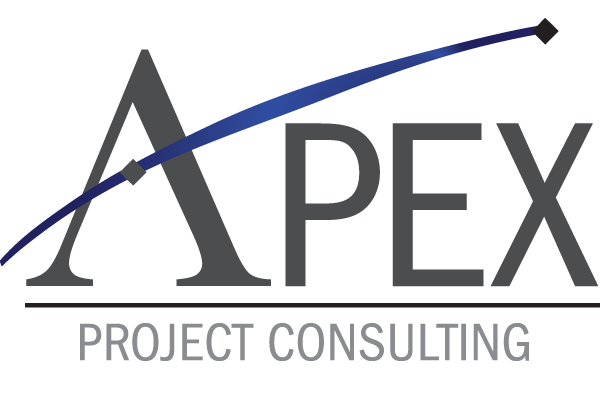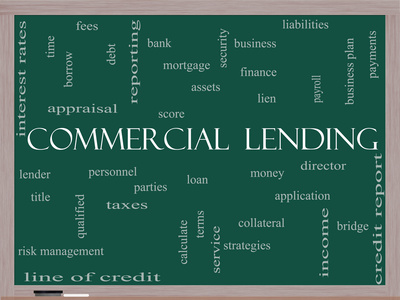The Impact of Interest Rates on Improvements
to Commercial and Industrial Projects
Thinking about designing and constructing a new facility during 2014? I’m recommending to my clients now that, in light of the current economic situation, they be extra careful in selecting and executing any sizeable projects.
This is a time for great gains…or great risks.
Check out this Wall Street Journal article by Constance Mitchell Ford:
“Capitalization rates, used by real-estate investors to measure the annual return of income-producing properties, declined for many property types in 2013, according to data from Real Capital Analytics in New York. Meanwhile, the spread between cap rates and yields on 10-year Treasury notes narrowed. The average cap rate for all property types was 6.74% last year, down from 6.76% in 2012. Cap rates fell fastest for office buildings, which had an average cap rate of 6.93% in 2013 compared with 7.15% in 2012.” Excerpt from Wall Street Journal
So what does all this mean?
That’s exactly the question addressed by Brandon Wilhite in his recent blog:
“The recent movement in interest rates has left many property owners and investors wondering how cap rates (i.e. property values) will be affected.” “Whether it is a new development, an acquisition or a refinance, most leveraged transactions that made sense 60 days ago still make sense today. However, for the “core plus” and investment-grade assets that have been trading at sub-5% and even sub-4% cap rates (Net Operating Income / Purchase Price), many proposed transactions may no longer make sense.”
“The fundamental rules you probably learned in your first economics class apply: smaller pool of buyers = less demand = lower prices. In real estate circles, we often describe lower prices in terms of higher cap rates. In other words, the market is willing to spend less for the same net operating income. Now that interest rates have crept up, a reasonable assumption would be that cap rates will surely follow as would-be sellers are forced to either recalibrate their pricing expectations or to pull their properties off the market – depending on their investment/hold strategy.” More Of Brandon Wilhite’s Article…
What does this mean for the typical tenant contemplating a new acquisition (lease or purchase) or just expanding their existing facilities? It means that to avoid disaster you must be thrifty. Or at a minimum, avoid irreversible mistakes in selection and hiring of design, engineering and or construction professionals. In an already soft market, with cap rates declining, it’s more important now than ever that you cover all of your bases as you implement your next project. And no time is more important than the initial phases. Experienced users of commercial and industrial properties know all too well that 80% of the risks of additional costs or delays are baked into decisions and hires that occur in the first 20% of the project timeline.
Find yourself a widely experienced project leader with demonstrated expertise at getting the best value and protecting you from risk. And follow his advice.
Additional Reading, click here.
to Commercial and Industrial Projects


